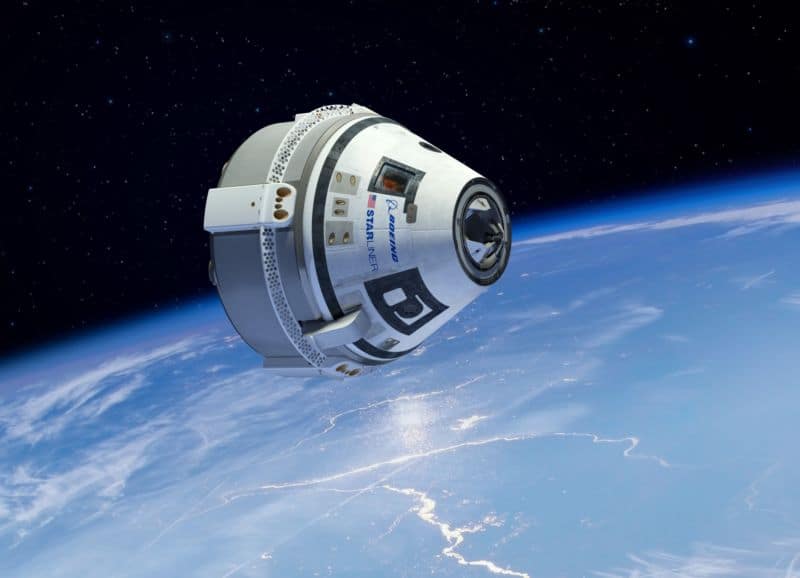
Each stage of life comes with new responsibilities and excitement, and retirement is no different. Almost everyone has thought about what they look forward to most in retirement. For some, it is the ability to travel the world and start knocking off all those long-awaited bucket list items. For others, it’s just being able to step back from the day-to-day shuffle of the workforce. Unfortunately, for some, what should be a wonderful time of their lives can become a time of concern.
When the paychecks stop, retirees realize that their predictable income will cease, and they must now sustain their lifestyle with what they have accumulated and saved up to that point. A retiree who is not prepared for this transition may view this time as unpredictable and possibly unnerving, but a retiree who has planned ahead and ensured that all the puzzle pieces are in place can transition into retirement with added peace of mind. Wouldn’t you rather be prepared than unprepared?
The No. 1 fear in retirement is outliving your hard-earned nest egg. We call the time of investing when an individual is working and collecting a paycheck the “accumulation stage”; the income stream is typically consistent and predictable. While that income stream is coming in, an individual may allocate their assets into a 401(k) or other investment accounts to build up their retirement savings.
Once an individual reaches retirement, they are in the “distribution stage.” At this point, their predictable income stream has stopped, and more money is coming out of their investment accounts than may be going in.
So, how can a retiree ensure they will not outlive their money? One solution is to use the Three-Bucket Approach, where the first of those buckets generates a dependable and sustainable income stream to supplement Social Security benefits.
The first step after a retiree has turned in their papers at work is to decide where they will generate their income from. When that predictable income source stops, they will need to create their new income stream, or as we like to call it, “mailbox money,” in order to maintain their ideal retirement lifestyle. This is when the first bucket of the Three-Bucket Approach, the Income Bucket, should be examined. This bucket includes Social Security benefit income, a pension account (if one is available), and any other dependable income streams.
Determining the retiree’s income source and income amount is based on numerous factors unique to that individual, but it starts with evaluating their retirement budget and expenses. Once their budget is determined, then they will be able to ascertain the monthly income they will need to maintain their lifestyle and evaluate if their current Social Security benefit amount, as well as any other monthly income, is enough to support their proposed income. One problem many retirees face is that they don’t have an income plan, so they end up haphazardly withdrawing from their investment accounts and potentially jeopardizing their financial future.
Let’s look at the financial crisis of 2008 as an example. Retirees who created an income stream by withdrawing directly from their investment accounts on a bimonthly or monthly basis quickly realized that their investment accounts could not sustain withdrawals as they did the year before. What happened from there is simple: Those retirees were likely forced to drastically change their retirement lifestyle and cut back on their daily or monthly expenditures.
The questions that every retiree should be asking themselves are: If I am taking on too much risk, do I have time to play catch-up with my account value? And, am I prepared to have a lifestyle change or be forced to go back to work if there is another market downturn? If you answered no to both of those questions, then now is the time to review the current state of your Income Bucket and ensure that you have in place your dependable, sustainable income stream that can cover your monthly expenses.
Now, let’s discuss the next bucket, the Liquidity Bucket. At this point, we have determined the amount of income a retiree will require to sustain their desired lifestyle, but having the right retirement plan means that you are ready for the unexpected. One way to prepare is to ensure that your Liquidity Bucket is full of emergency money that you can get your hands on right away. We recommend that you save at least three to six months of living expenses to help offset any unexpected costs.
The last bucket is the Growth Bucket. The Growth Bucket is the future of a retiree’s retirement plan. It is a group of investment assets that are simply there to compound and grow. As we have seen, basic living expenses rise each year, and in addition, individuals are living longer. To offset that, the retiree needs to ensure their retirement money has the opportunity to keep growing.
The retiree may find that they require more income to maintain their ideal lifestyle, at which time those Growth Bucket assets could be allocated into another dependable, sustainable income source. Now you can see how this Growth Bucket can be the future of the retiree’s ideal retirement plan and lifestyle.
By implementing the Three-Bucket Approach, a retiree can have added peace of mind and a more enjoyable transition into their new stage of life. Each bucket serves a well-defined purpose for a retirement plan. If we can leave one piece of advice with you, it would be this: Don’t fear retirement; embrace it and use the tools available to you to make it happen.























